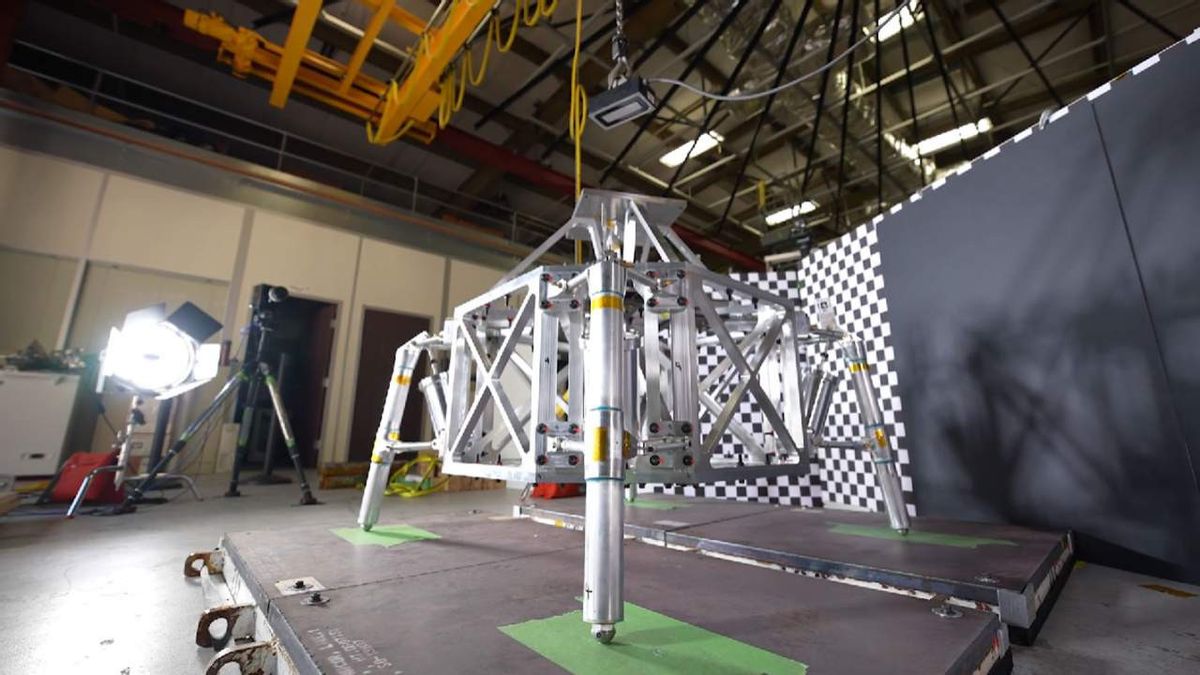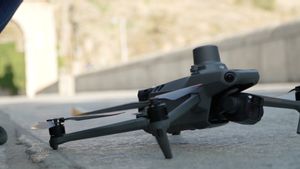JAKARTA - NASA's rover, Perseverance aims to uncover the past by exploring the surface and collecting rock and soil samples from Mars.
The rock and soil samples will later be sent to Earth for further research. However, here it is not Perseverance that will carry all the samples, but a small rocket dubbed the Mars Ascent Vehicle and riding the Sample Retrieval Lander.
The small rocket is being developed by the European Space Agency (ESA) at the Marshall Space Flight Center in Alabama. The mission of sending Martian rock samples to Earth aims to test and determine whether microbial life may have existed on Mars in the past.
Citing NASA's official website, Wednesday, December 15, preparing samples to be packed into rockets on the surface of Mars is a complicated endeavor. Sample preparation requires sealing the sample capsule in a clean container to trap the Martian material within. Next, the clean container seal will be sterilized, and then it will be placed into the Earth entry capsule.
Furthermore, the Sample Retrieval Lander spacecraft is one of the most important aspects of this mission. If Lander fails in his task, other parts of the mission will likely fail as well.
The lander must be designed large enough to weigh 5291 pounds to carry and launch the Mars Ascent Vehicle. That's nearly twice as heavy as the Perseverance, which uses a rocket-powered jet pack to descend to the Martian surface via cables.
However, the Sample Retrieval Lander will be the largest and heaviest spacecraft of its kind to ever go to Mars, and the Mars Ascent Vehicle launched from it will be the first rocket ever to be fired from another planet.
The Mars Ascent Vehicle is nine feet long and has two stages that will be placed on the Lander deck. To prevent any problems with slipping or tilting the Lander from the rocket's exhaust, engineers developed a system that would throw the rocket into the air at 16 feet per second just before the engines started.
So far, NASA has carried out 23 tests on the rocket that changed its mass and center of gravity, with more to come next year.
"The final step of the journey is very important. There are all kinds of landing conditions you have to take into account, like rocks, or very soft sand, or entering from an angle. This is why we have to do all these tests," said the Sample Retrieval Lander test engineer. , Pavlina Karafillis.
This NASA and ESA partnership will be the first mission to return samples from another planet, including the first launch and return from the surface of another planet. The samples collected by Perseverance during exploration of the ancient river delta are considered the best opportunity to reveal the early evolution of Mars, including the potential for life.
The English, Chinese, Japanese, Arabic, and French versions are automatically generated by the AI. So there may still be inaccuracies in translating, please always see Indonesian as our main language. (system supported by DigitalSiber.id)













